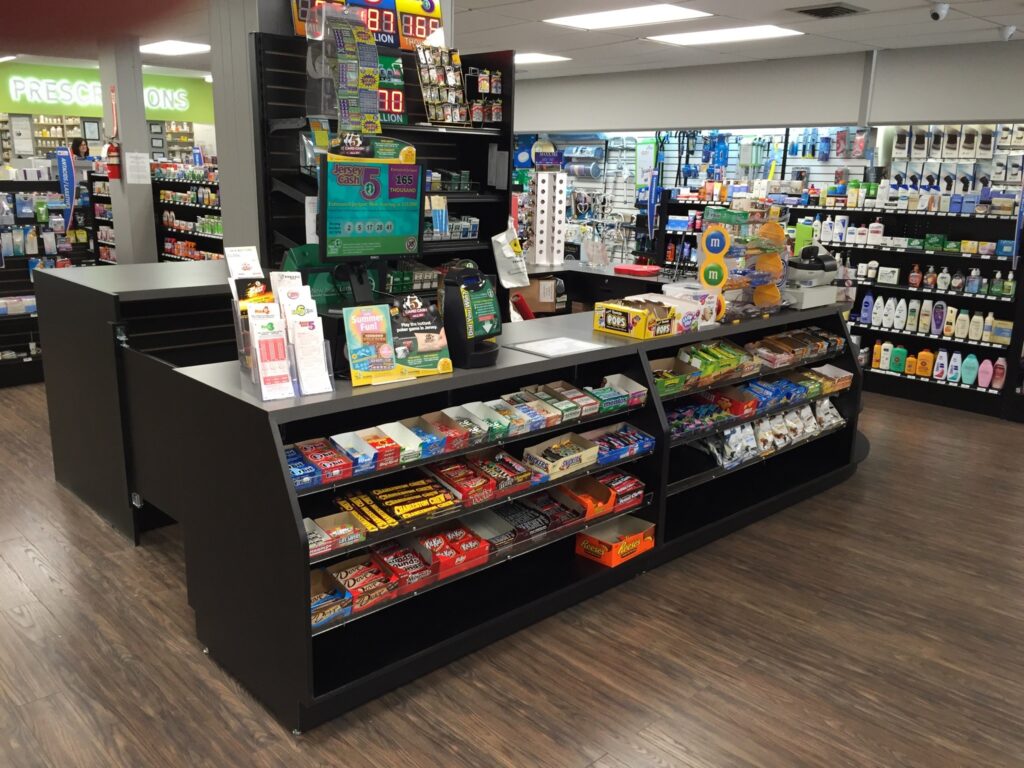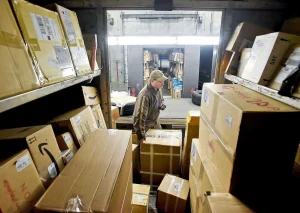Explain check out counter

A check out counter is a point-of-sale station or desk where customers or patrons can pay for their purchases. It is usually located near the entrance of a store, and is typically staffed with a cashier or sales associate who can process payments and answer any customer inquiries. The check out counter is where the customer completes their transaction, and typically collects their receipt or change.
Uses of check out counter
² To keep track of items borrowed from a library or other facility.
² To process purchases in a retail store.
² To record attendance at events, such as movies, plays, or concerts.
² To process hotel check-ins and check-outs.
² To record and count items in a warehouse or stockroom.
² To collect money for admission to an amusement park or other attraction.
Benefits of check out counter
Increased Efficiency:
Increased efficiency at a check out counter can refer to several different things. It can mean reducing the amount of time it takes to complete a transaction, or increasing the amount of transactions that can be completed in a given time period. It can also mean reducing the amount of errors that occur during transactions, as well as reducing the amount of time spent on customer service.
Improved Security:
Improved security check out counters are designed to provide improved security measures for retail stores, such as supermarkets and department stores. These counters are equipped with advanced security systems that are designed to detect suspicious activities and alert store personnel. The improved security check out counters are designed to reduce shoplifting, fraud, employee theft, and other forms of criminal activity.
Organized Inventory:
By having a designated area for customers to check out, businesses can ensure that all products are correctly checked out and accounted for. This helps to prevent any issues with inventory accuracy and reduce losses due to theft or misplaced items.
Enhanced Brand Image:
An organized checkout area can create a more organized and professional image for a business. This can help to build customer loyalty and create a better overall customer experience.
How to choose best check out counter?
u Consider Your Space: The size and layout of your store will determine the size of your checkout counter. Make sure you measure the area you have available for a counter and consider the number of customers who will be using the counter at once.
u Choose the Right Materials: Most checkout counters are made from either wood, metal or plastic. Wood can look more traditional and is generally more durable. Metal is more cost effective and easier to clean. Plastic is lightweight and easier to move around, but is less durable.
u Think About Security: If you’re selling items that need to be kept secure, you’ll need a checkout counter with a lockable drawer or cabinet from product manufacturers .
u Consider the Accessories: A good checkout counter should come with a range of accessories to make it easier to use. This includes a cash register, credit card reader, printer, scanner and more.
u Choose the Right Design: The design of the checkout counter should match the aesthetic of your store. Look for a counter with a sleek and modern design, or a more traditional style if that’s what your store calls for.







